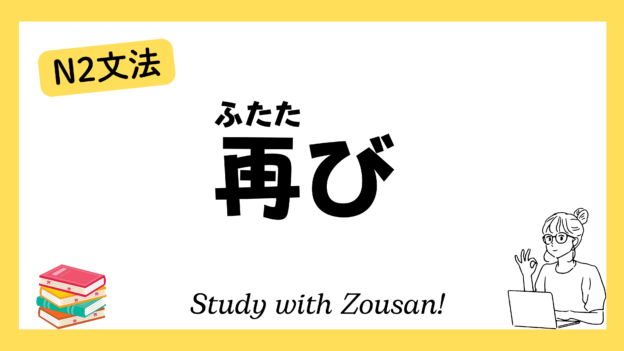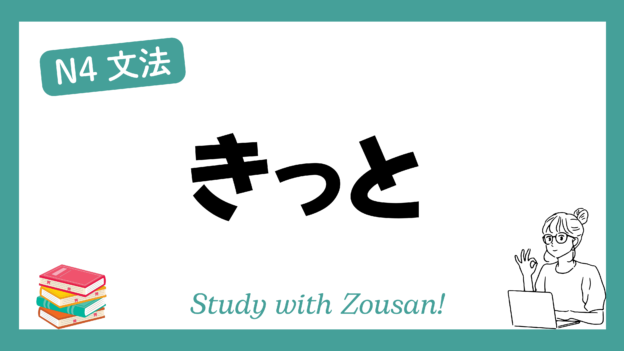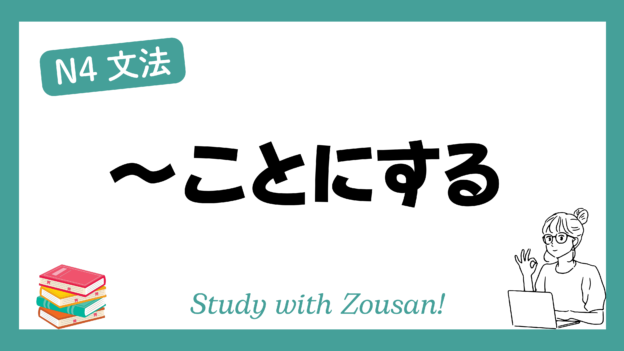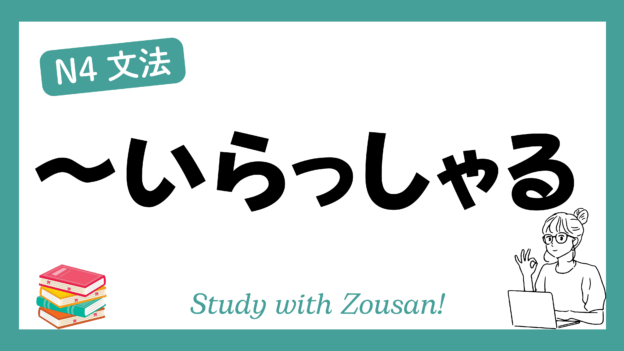N4文法:~がる/がっている
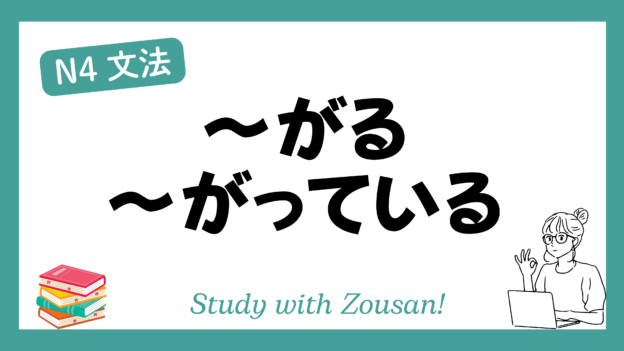
2024.10.30
Meaning: “Want…” / “Feel…” / “Is…”
~がる is used to describe the emotions or desires of someone else, not the speaker. When adding ~がっている, it describes the current state of that emotion or desire, emphasizing that the other person is experiencing that feeling or desire at the moment.
※Note:
・~がる is combined with adjectives of emotion (寂しい, 怖い, 嬉しい) or the たい form of verbs to express the desires of someone else (食べたい, 行きたい).
・~がる is not used to describe the speaker’s own feelings or desires but is only for describing others’ feelings.
・~がっている is used to describe the emotional or desire state at that specific moment, and can be translated as “is feeling…” or “is wanting…”.
Structure:
| な-adjective | がる がっている がった がらないで |
| い-adjective |
Example:
-
-
-
🌟 彼は寒がっている。
(かれ は さむがっている)
He feels cold. -
🌟 彼女は行きたがっています。
(かのじょ は いきたがって います)
She wants to go. -
🌟 子供たちは遊びたがっている。
(こどもたち は あそびたがって いる)
The children want to play. -
🌟 犬は外に出たがっている。
(いぬ は そと に でたがって いる)
The dog wants to go outside. -
🌟 彼女は怖がっているようだ。
(かのじょ は こわがって いる よう だ)
She seems to be scared. -
🌟 彼は恥ずかしがっている。
(かれ は はずかしがって いる)
He is feeling embarrassed. -
🌟 彼は疲れたがっている。
(かれ は つかれたがって いる)
He wants to rest. -
🌟 子供はおもちゃを欲しがっている。
(こども は おもちゃ を ほしがって いる)
The child wants a toy. -
🌟 彼女は寂しがっている。
(かのじょ は さびしがって いる)
She is feeling lonely. -
🌟 彼は新しい車を欲しがっている。
(かれ は あたらしい くるま を ほしがって いる)
He wants a new car.
-
-





